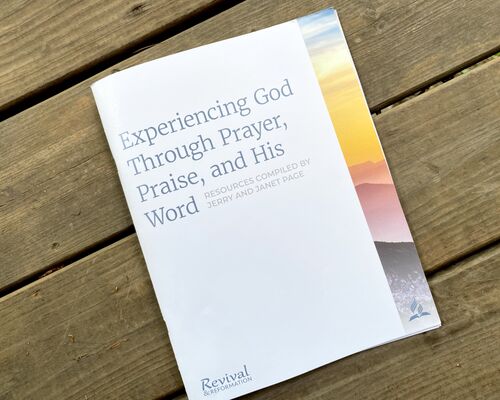Hohelied 3
Des Nachts auf meinem Lager suchte ich, den meine Seele liebt. Ich suchte, aber ich fand ihn nicht.
2 Ich will aufstehen und in der Stadt umhergehen auf den Gassen und Straßen und suchen, den meine Seele liebt. Ich suchte, aber ich fand ihn nicht.
3 Es fanden mich die Wächter, die in der Stadt umhergehen: »Habt ihr nicht gesehen, den meine Seele liebt?«
4 Als ich ein wenig an ihnen vorüber war, da fand ich, den meine Seele liebt. Ich hielt ihn und ließ ihn nicht los, bis ich ihn brachte in meiner Mutter Haus, in die Kammer derer, die mich geboren hat. –
5 Ich beschwöre euch, ihr Töchter Jerusalems, bei den Gazellen oder bei den Hinden auf dem Felde, dass ihr die Liebe nicht aufweckt noch stört, bis es ihr selbst gefällt.
6 Wer ist die, die heraufsteigt aus der Wüste wie eine Rauchsäule, wie der Duft von Myrrhe, Weihrauch und allerlei Gewürz des Krämers?
7 Siehe, um das Bett Salomos stehen sechzig Starke von den Starken in Israel.
8 Alle halten sie Schwerter und sind geübt im Kampf; ein jeder hat sein Schwert an der Hüfte gegen die Schrecken der Nacht.
9 Der König Salomo ließ sich eine Sänfte machen aus Holz vom Libanon.
10 Ihre Säulen machte er aus Silber, die Decke aus Gold, der Sitz purpurn; das Innere geziert mit Edelsteinen. Ihr Töchter Jerusalems,
11 kommt heraus und seht, ihr Töchter Zions, den König Salomo mit der Krone, mit der ihn seine Mutter gekrönt hat am Tage seiner Hochzeit, am Tage der Freude seines Herzens.
(c) Lutherbibel, revidierte Fassung 1984, durchgesehene Ausgabe, © 1999 Deutsche Bibelgesellschaft, Stuttgart, (www.dbg.de)
Kommentar
This chapter contains the first of a pair of dreams by the Shulamite, one (verses 1-6) occurring before and the other (5:2-8) after her wedding. Here she dreams that she is searching anxiously for her lover, and finally finds him. The “absence-presence” theme is thus highlighted in the Song. As with the first couple in the Garden of Eden, lovers need each other to be complete and whole! Here and elsewhere in the Song we find evidence of an equal relationship in which the woman is as active as the man in taking the initiative in building the relationship.
In its spiritual application, these verses portray the ardent love that God longs for us to have for Him, a love that seeks Him and will not let Him go!
Verses 6-11 depict the wedding procession of Solomon and his bride as they come up from the wilderness to Jerusalem. The focus is upon Solomon’s royal curtained portable chair which is being carried holding Solomon (verse 11) and probably also his bride.
The explicit reference to the wedding (verse 11) is a crucial time marker for the whole Song, bridging from the courtship of 1:2—3:6 to the wedding of chapter 4, and on to chapters 5–8, which speak of the continued growth in intimate love during their married life together.
The Song of Solomon actually provides a “Biblical Guide to Married Love,” with practical principles pertaining to each stage of the love relationship. Particular emphasis is given to the various kinds of intimacy that God longs for us to experience in our marriages. These include: physical, emotional, intellectual, appreciating beauty, creative, recreational, work, crisis, conflict, commitment, spiritual, and communication. The Song of Songs reveals examples of all of these kinds of intimacy in the love relationship between Solomon and the Shulamite.
“Lord, guide me to a holistic, intimate relationship with my spouse, and lead me to a more constant and intimate walk with You! Amen.”
Richard M. Davidson
Professor of Old Testament Interpretation
Andrews University Theological Seminary





